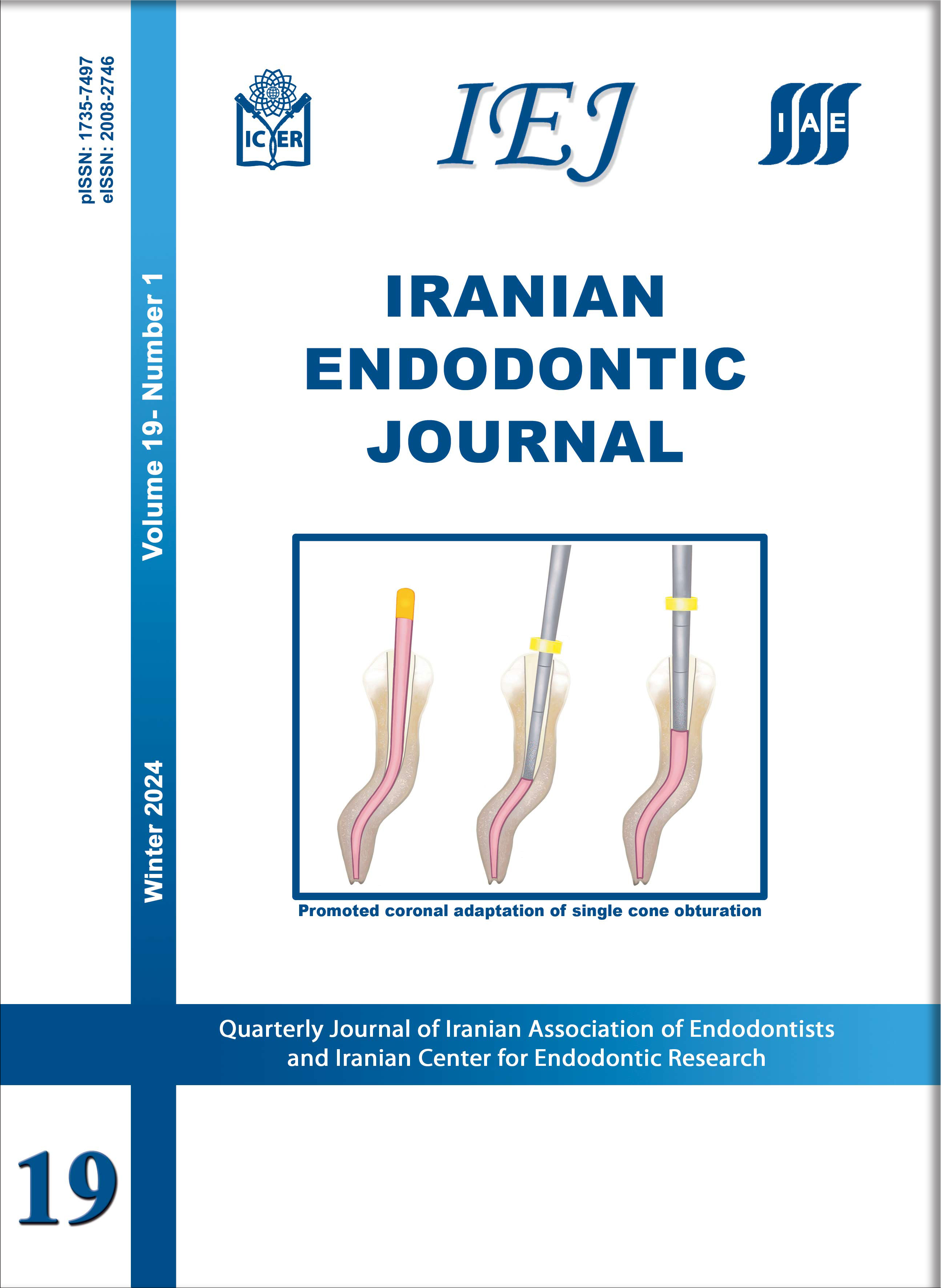Introduction: This randomized controlled clinical study sought to evaluate the success rate of inferior alveolar nerve block (IANB) during the endodontic management of mandibular molars with symptomatic irreversible pulpitis in women taking selective serotonin reuptake inhibitor (SSRI) antidepressants. Materials and Methods: Ninety adult female patients over 18 years of age who were diagnosed with symptomatic irreversible pulpitis of a mandibular molar were recruited in this study. The patients were equally assigned to SSRI user group (including citalopram, escitalopram, fluoxetine, fluvoxamine, paroxetine, and sertraline), who had taken an SSRI, and non-SSRI user group, who had not taken any SSRIs at all. All patients in both groups received 3.6 mL of 2% lidocaine with 1:80,000 epinephrine using conventional IANB injection. Access cavity was prepared 15 min after the injection. Lip numbness was necessary for all patients. Success was determined as no or mild pain upon access cavity preparation and/or instrumentation based on the Heft-Parker visual analog scale recordings. Data were analyzed using the chi-square test Mann-Whitney U test, and t-test. Results: The success rate was 55.6% for SSRI users and 44.4% for non-SSRI users, and no statistically significant difference was observed between the two groups (x2=1.1, P=0.292). Conclusions: Based on the results of this study, taking SSRI antidepressants could not affect the anesthetic success rate of IANB for mandibular molars with symptomatic irreversible pulpitis in women.




